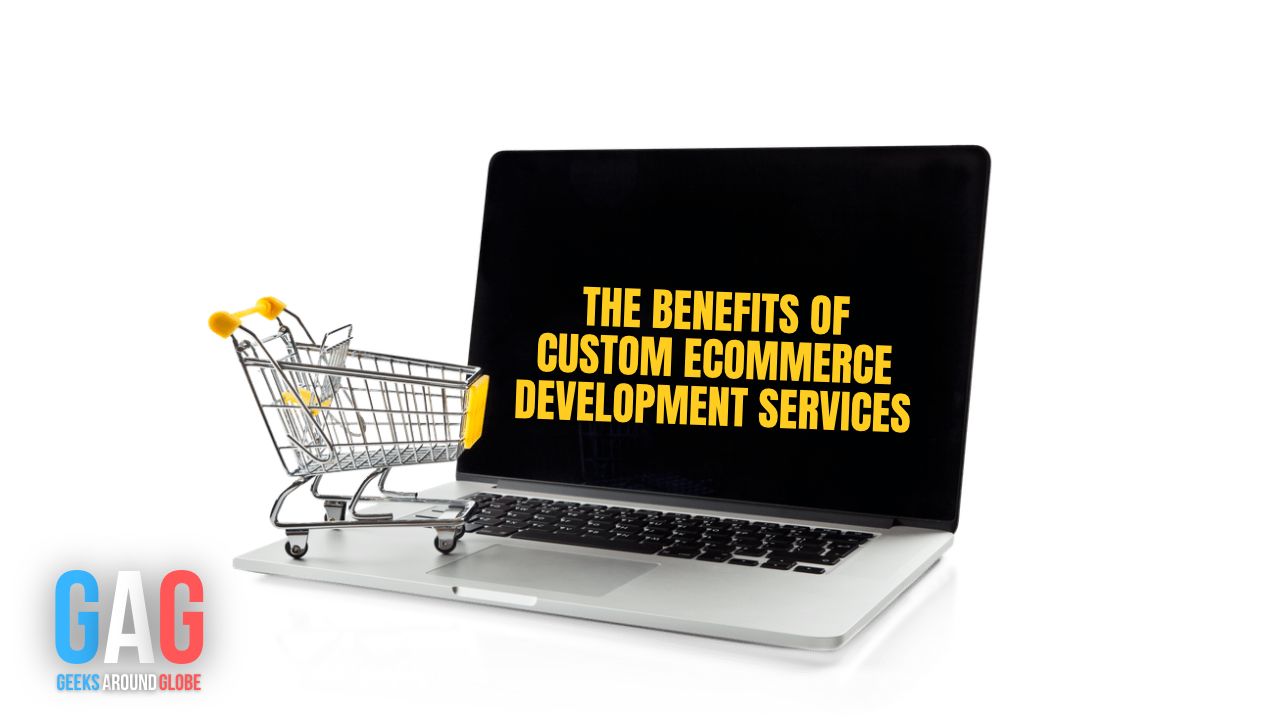- 1. Introduction
- 2. Understanding 3D eCommerce
- 3. The Significance of 3D eCommerce
- 4. 1. Enhanced Product Visualization
- 5. 2. Increased Customer Engagement
- 6. 3. Reduced Product Returns
- 7. The Production Process of 3D eCommerce
- 8. Applications of 3D eCommerce
- 9. 1. Product Visualization
- 10. 2. Virtual Showrooms and Stores
- 11. 3. Customization and Personalization
- 12. 4. Augmented Reality (AR) and Virtual Reality (VR) Integration
- 13. 5. Training and Education
- 14. 6. Marketing and Advertising
Introduction
The world of eCommerce is constantly evolving, and one of the latest trends shaking up the industry is 3D eCommerce. This innovative approach leverages 3D technology to provide immersive and interactive experiences for online shoppers. In this article, we will explore what 3D eCommerce is, why it matters for businesses, and the production process behind it.
Understanding 3D eCommerce
3D eCommerce, or 3D commerce, refers to using three-dimensional digital models and environments to enhance the online shopping experience. Unlike traditional product images, 3D eCommerce allows customers to view products from multiple angles, zoom in to examine intricate details, and even interact with them virtually. It brings a sense of tangibility and realism to online shopping, bridging the gap between physical retail and the digital realm.
The Significance of 3D eCommerce
The significance of 3D eCommerce must be recognized in today’s digital landscape. With its ability to provide enhanced product visualization and increased customer engagement, 3D eCommerce is revolutionizing how we shop online. Read on to find out more about the importance of 3D e-commerce.
1. Enhanced Product Visualization
One of the primary advantages of 3D product visualization is its ability to offer customers a more comprehensive view of products. With interactive 3D models, shoppers can rotate, zoom, and explore items from every angle. This immersive experience provides a better understanding of the product’s form, texture, and features, reducing ambiguity and increasing confidence in purchase decisions.
2. Increased Customer Engagement
3D eCommerce transforms passive online shopping into an engaging and interactive experience. Businesses can foster a deeper connection with their target audience by enabling customers to interact virtually with products, such as trying on clothes, placing furniture in their homes, or customizing items. This higher level of engagement can lead to increased customer satisfaction, stronger brand loyalty, and, ultimately, improved conversion rates.
3. Reduced Product Returns
One significant challenge in online retail is the mismatch between customer expectations and the actual product received. 3D eCommerce helps address this issue by giving customers a more accurate product representation.
By being able to examine the item in detail and visualize how it fits into their lives, customers can make more informed purchase decisions. This, in turn, reduces the likelihood of returns and exchanges, benefiting both customers and businesses.
The Production Process of 3D eCommerce
The production process of 3D eCommerce is a fascinating journey that brings virtual products to life and enhances the online shopping experience. It involves several steps, including 3D scanning, modeling, texturing, rendering, and integration into eCommerce platforms. Creating 3D models for eCommerce involves several steps, including:
1. 3D Scanning
The first step is to acquire a 3D representation of the physical product. This can be done through 3D scanning techniques, which capture the object’s geometry and texture in digital form.
2. Modeling and Texturing
Once the 3D scan is complete, it undergoes a process called modeling, where the scanned data is refined and optimized to create a high-quality 3D model. Texturing is applied to add realistic colors, materials, and surface details to the model.
3. Rendering and Optimization
After the model is complete, it goes through a rendering process where lighting and other visual effects are applied to create a realistic representation. The final model is optimized for web and mobile platforms, ensuring efficient delivery without compromising visual quality.
4. Integration Into eCommerce Platforms
The 3D models are integrated into eCommerce platforms, enabling customers to access and interact with them seamlessly. This integration may require plugins, APIs, or dedicated 3D eCommerce platforms.
Applications of 3D eCommerce
The applications of 3D eCommerce are vast and have the potential to transform the future of online shopping. Here are some key areas where 3D eCommerce is making a significant impact:
1. Product Visualization
3D eCommerce allows customers to visualize products more realistically and interactively. Whether it’s clothing, furniture, electronics, or even real estate, customers can examine effects from various angles, zoom in to see intricate details, and even virtually try them on or place them in their physical environment. This level of product visualization enhances the shopping experience and helps customers make informed purchasing decisions.
2. Virtual Showrooms and Stores
With 3D eCommerce, businesses can create virtual showrooms or stores where customers can browse and explore products in a digital environment. These virtual spaces provide a rich and immersive experience, allowing customers to navigate different sections, interact with products, and access additional information. Virtual showrooms offer convenience, accessibility, and the ability to showcase an extensive range of products without physical space limitations.
3. Customization and Personalization
3D eCommerce enables customers to customize products according to their preferences and needs. Whether choosing colors and materials or adding personalized engravings, customers can interact with 3D models to create unique and personalized products. This level of customization enhances customer satisfaction, creates a sense of ownership, and promotes brand loyalty.
4. Augmented Reality (AR) and Virtual Reality (VR) Integration
3D eCommerce seamlessly integrates with AR and VR technologies, offering even more immersive experiences. AR allows customers to visualize products in their physical environment through their mobile devices or smart glasses, enabling them to assess how a product will look and fit before purchasing. VR takes it further by creating virtual environments where customers can explore and interact with products in a simulated setting.
5. Training and Education
3D eCommerce has applications beyond retail. It can be utilized in training and education, allowing users to learn and practice in realistic virtual environments. For example, medical professionals can train virtual patients, architects can visualize and modify building designs, and educational institutions can offer virtual classrooms or museum experiences.
6. Marketing and Advertising
3D eCommerce offers marketers and advertisers innovative ways to showcase products and engage customers. By incorporating interactive 3D models into marketing campaigns, businesses can create captivating and memorable experiences that capture consumers’ attention. 3D models can be used in social media ads, website banners, and interactive product demos, resulting in higher customer engagement and brand recognition.
Conclusion
3D eCommerce is revolutionizing how we shop online by providing immersive and interactive experiences for customers. As the demand for immersive experiences grows, embracing 3D eCommerce is becoming increasingly crucial for businesses to stay competitive in the evolving eCommerce landscape.







